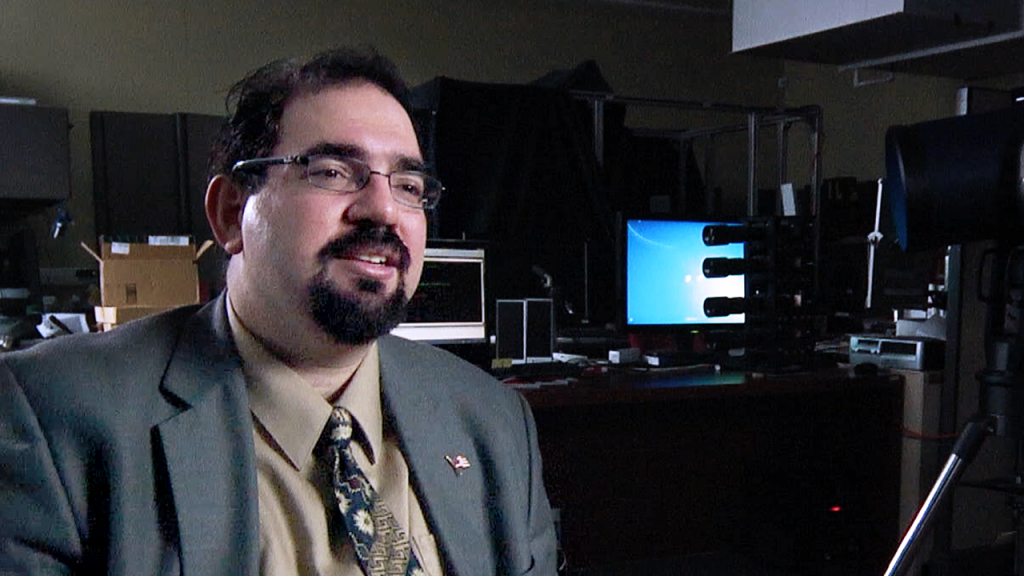While it may be absurd to think we will read the complicated legalese that comprise usage agreements and terms of services, we are bound to them anyhow, and from this sweeping social contract the companies behind them make millions.
Have you ever stopped to think about how much your data is worth? Take a moment to reflect upon all of the free web services that you utilize and enjoy.
The dominant business model of the web is advertising, but really it is your personal information that drives this model, and helps these companies pay their staff, rent, and internet bill.
These are early days when it comes to how your data can be used, will be used, let alone should be used. Most of us cannot comprehend the ways our data becomes connected in abstract databases that aggregate and connect our consumer purchases and web history.
Marios Savvides is an engineer and professor at the Carnegie Mellon University CyLab, focusing on the evolution and rise of facial recognition. In particular he researches the way facial recognition can be used to connect the disparate data trail we leave both online and off.
“I am worried as a private citizen about how the next corporation may come up, and how they will monetize the social media biometric information out there.”
Social media biometric information is an emerging concept that describes how our identity, how our biometric identity, transcends traditional means of protecting or anonymizing data.
Traditionally the belief was that by omitting explicit personal information like name or email that would protect someone’s identity, yet new research demonstrates how our faces, how our habits, how our broader biometric and social patterns can reveal who we are in spite of attempts to anonymize users.
Professor Savvides is optimistic we can address this however:
“The technology is a tool. We need to build that shell that enforces the privacy and rules about how this is used, what data has access to, how it’s being regulated.”
If we make the effort to understand the impacts of the technology, if we make the effort to place privacy at the forefront of design, rather than as an afterthought, we can ensure the power enabled by the technology does not abuse those who are seduced by the free toy inside.











